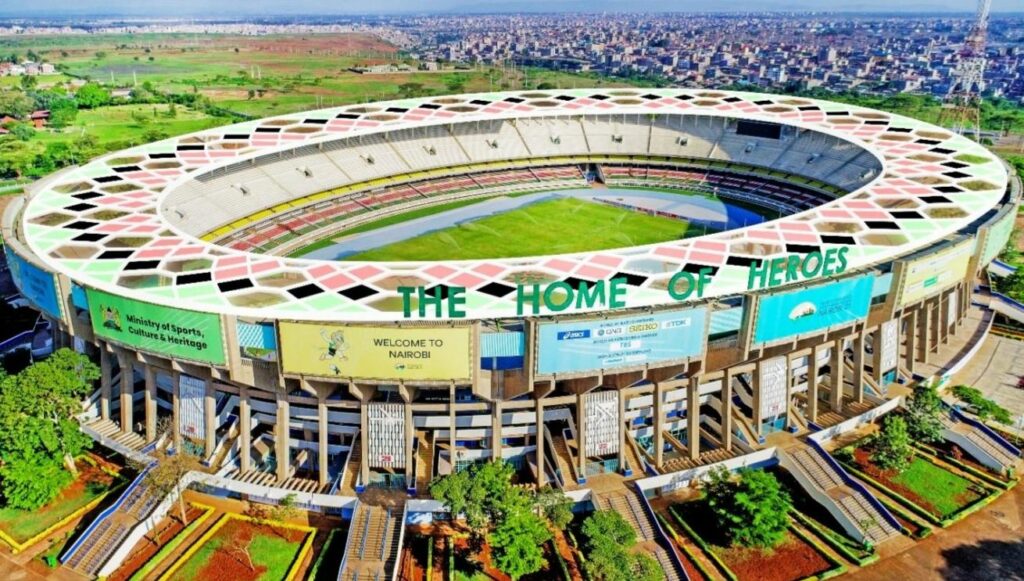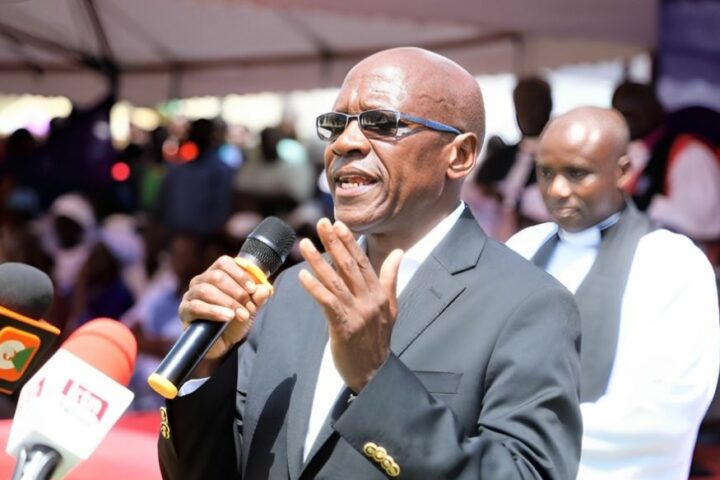 Kenya has enhanced its railway infrastructure with the addition of fifty new wagons to its standard gauge railway (SGR), a move set to significantly boost cargo transportation capabilities on the line constructed with Chinese collaboration.
Kenya has enhanced its railway infrastructure with the addition of fifty new wagons to its standard gauge railway (SGR), a move set to significantly boost cargo transportation capabilities on the line constructed with Chinese collaboration.
Transport Cabinet Secretary Kipchumba Murkomen announced the receipt of these wagons for the Madaraka Express SGR freight service, marking a milestone in the expansion of Kenya’s modern rail service since its commencement in May 2017.
The delivery is part of a larger acquisition, with an additional 250 wagons expected to arrive from the Tianjin port in China later this month.
This procurement underscores Kenya’s commitment to leveraging railway transport as a critical component of its Vision 2030 development strategy. Murkomen highlighted the ministry’s dedication to fortifying the necessary workforce, assets, and technology to realize these ambitious objectives.
A noteworthy feature of the new freight wagons is the inclusion of 20 units equipped with power outlets for refrigerated containers, signifying a strategic move to tap into the refrigerated transport market and support Kenya’s flourishing horticulture industry.
This initiative is further supported by a new cold-chain logistics partnership with Dutch entities, aimed at enhancing service offerings to global markets.
Kenyan importers have been trying to diversify from air cargo of horticultural produce, which although much faster, tends to be more expensive.
In addition to freight improvements, the SGR’s passenger service is set to expand with the introduction of 20 more coaches, specifically designed to accommodate passengers with disabilities among them.
This expansion is part of a broader Sh2.1 trillion initiative to extend the SGR to key urban centers including Kisumu, Malaba, and Isiolo by mid-2027. Its current termination point in Naivasha has been a major headache for planners, since the multi-billion dollar investment only makes sense if it proceeds all the way to Uganda.
Financially, the project faces hurdles with the repayment of loans used for the SGR’s construction, exacerbated by a devaluing Kenyan shilling which has increased the repayment costs.
The latest figures indicate a significant rise in the debt service requirement to $536.9 million (Sh84.8 billion), a sum that includes both principal and interest payments, as per the World Bank.
Nevertheless, the SGR has demonstrated economic viability through a 21.2 percent revenue increase in the latest financial year, achieving a record income of Sh18.2 billion, up from Sh15.01 billion in the preceding period.
This financial performance reflects the critical role of the SGR in Kenya’s transport infrastructure and its potential for further enhancing the country’s economic landscape.








